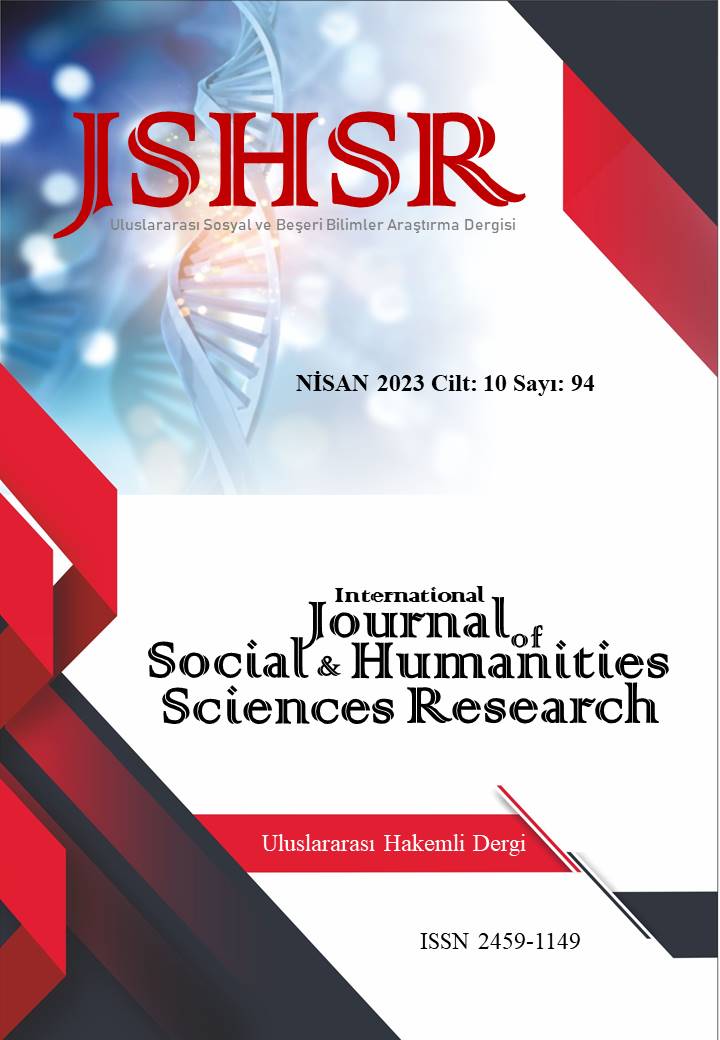INVESTIGATION OF SELF-ESTEEM AND LIFE SATISFACTION OF VISUALLY IMPAIRED INDIVIDUALS WHO DO SPORTS
DOI:
https://doi.org/10.26450/jshsr.3634Keywords:
Sports, visually impaired, life satisfaction, self-esteemAbstract
This study, it was aimed to examine the self-esteem and life satisfaction of visually impaired individuals who do sports. For this purpose, the "self-esteem and life satisfaction scale" was applied to 80 visually impaired people aged 18 and over who do sports. While examining the differences between the groups, t and ANOVA tests were used because the variables came from the normal distribution. In the case of differences in the ANOVA test, the differences were calculated with the Tukey test, taking into account the assumption of homogeneity of variances. While examining the relationship between continuous variables, a correlation test was used. According to the results obtained from the findings, no significant relationship was found between self-esteem, age, gender, educational status, and income level variables (p>0.05). While there was no significant relationship between life satisfaction and the variables of gender and educational status; A statistically significant relationship was found between life satisfaction and age and income levels (p<0.05). At the same time, a statistically significant correlation was found between self-esteem and life satisfaction levels in the same direction and moderate in strength (r=0.528; p<0.05). It has been concluded that as the self-esteem of visually impaired people who do sports increases, their level of life satisfaction also increases. It has been concluded that as the self-esteem of visually impaired people who do sports increases, their level of life satisfaction also increases.
Downloads
Published
How to Cite
Issue
Section
License
Copyright (c) 2023 INTERNATIONAL JOURNAL OF SOCIAL HUMANITIES SCIENCES RESEARCH

This work is licensed under a Creative Commons Attribution 4.0 International License.


